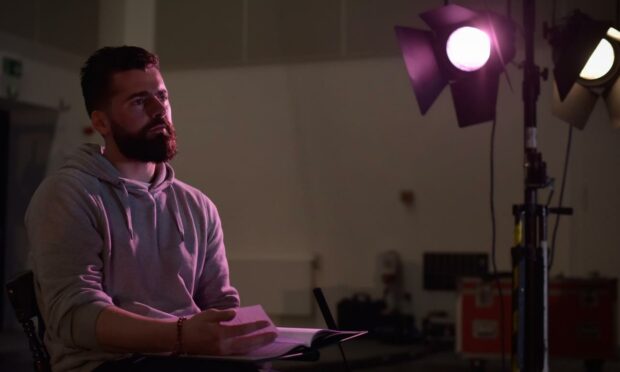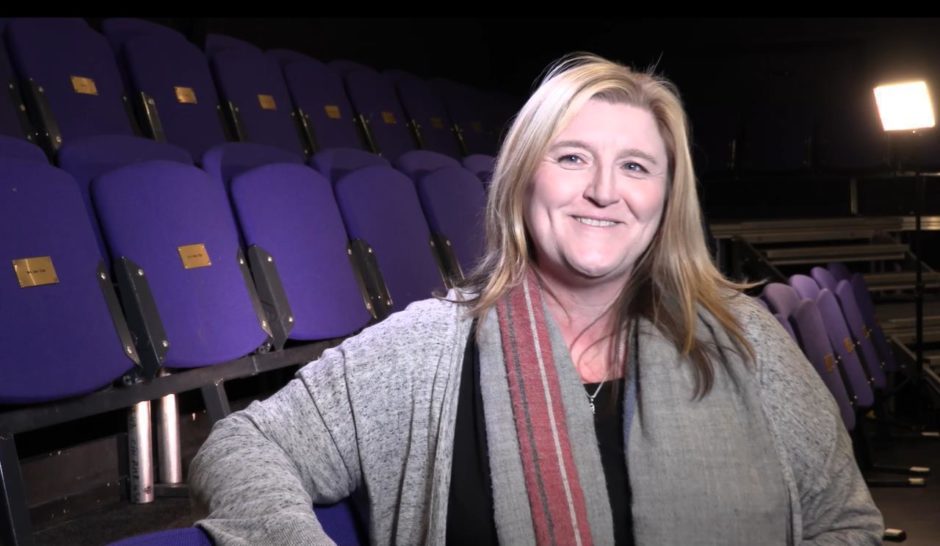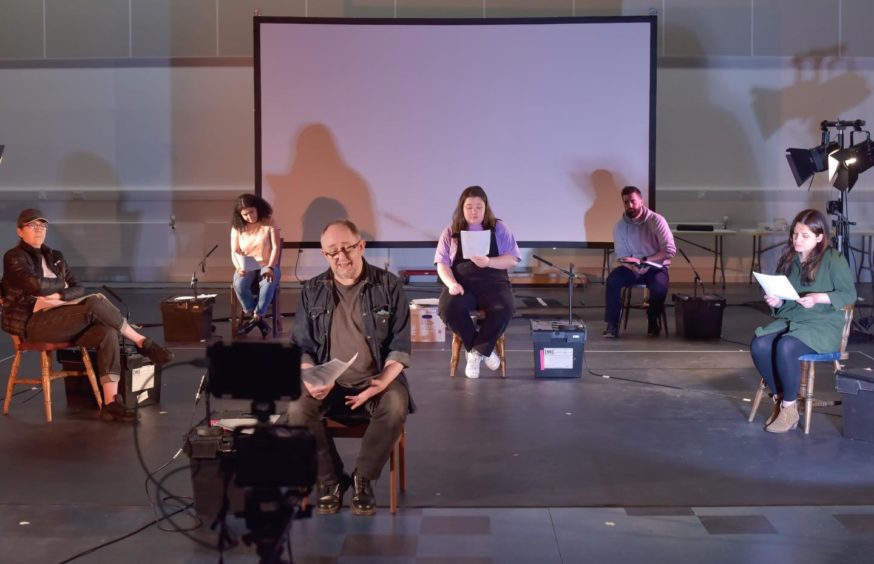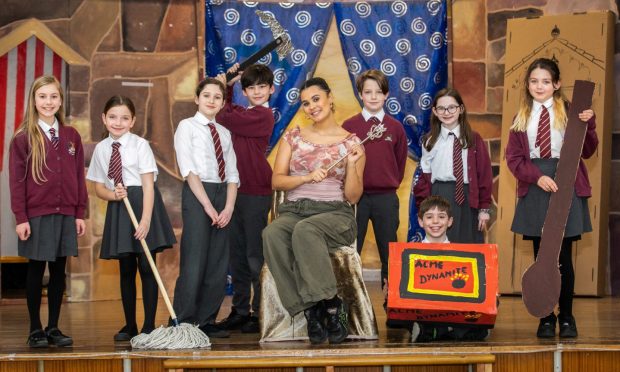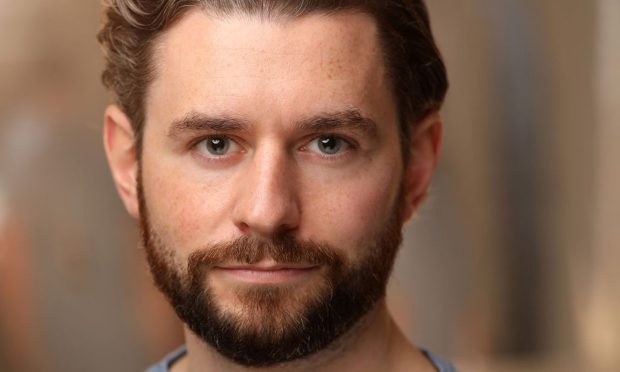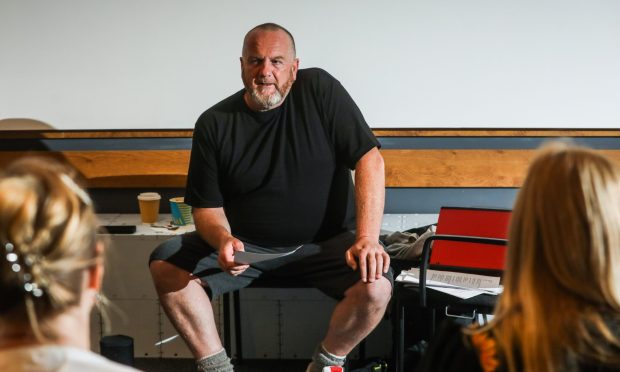Following on from the National Theatre of Scotland’s 2019 adaptation of Jenni Fagan’s novel The Panopticon, about a young woman growing up within the care system, the company put in place a series called Care in Contemporary Scotland, A Creative Enquiry, for artists to explore aspects of the Scottish care system and create work from it.
A resulting piece premiering online this week is Holding/Holding On by the playwright Nicola McCartney, which places her own verbatim theatre film alongside work by some of the care-experienced people she encountered in the process.
For McCartney, however, this job was about so much more than exploring an area she knew nothing of.
“When I saw this particular call-out, I had to apply for it,” she says.
“For the last 15 years I’ve been a foster carer for Glasgow City Council; in fact, around 2006 I left professional theatre for three or four years and became a full-time foster carer. I’ve been on a journey with that, and I have a big interest in it, because I’ve seen young people’s lives devastated by a care system which has no care in it.”
An overburdened system
She’s clear here that it’s not hard-working care professionals who she sees as the problem, but an already under-resourced system which is growing exponentially, meaning staff are over-worked.
“That leads them to burn out or to lean into procedures, rather than towards people,” says McCartney. “So essentially we have a child protection system, but not a child care system.”
Mindful of her experiences and the biases they may have built, McCartney has constructed Holding/Holding On from conversations with care professionals and care-experienced people.
She’s also written it bearing in mind Scotland’s 2020 Independent Care Review, which has made what she refers to as a “promise” regarding Scotland’s care system.
Love at the heart of a promise
“At the centre of it is the concept of love, trying to put relationships rather than procedures at the centre of the system,” says McCartney. “It’s a hell of a big promise, but it really chimed with a lot of my experience.”
Holding/Holding On was originally intended as a touring multimedia installation, but recent Covid developments have turned it into what she calls an online ‘collage’ instead.
“My part looks like a verbatim piece of work, but it’s fragments of stories from different speakers about themes that emerged from our conversations,” says McCartney.
“The two major themes that resulted were love, but also poverty. What’s really shocking is that it’s mostly poor people’s kids who are removed, sometimes for the slenderest of reasons.”
Another aspect of the piece is a television pitch for a drama series written by one of the community collaborators, a young care-experienced screenwriter named Kenneth Joseph Murray.
“He’s not a fan of Ken Loach’s work,” says McCartney. “He says there’s very little joy in it, so he wanted to make something that was more reflective of people’s actual experience, from his perspective growing up in the East End of Glasgow.
“We’ve also got a TED Talk, I would call it, by another extraordinary young person called Charlotte Armitage, who is an activist for care-experienced people.
“She’s giving a kind of provocation about why Scotland’s care system works the way it works. Then we have a series of photographs around the theme of love, which have been taken by one of our older collaborators, Murdoch Rodgers.”
The whole piece is directed by Claire Lamont, with a musical score by Pippa Murphy and an excellent cast which includes Neshla Caplan and Karen Dunbar.
I think a huge part is to do with attitudes towards the poor in our society, and that came across from everyone I spoke to. A lot of that is down to austerity
“The principles underlying the care system have been the same for hundreds of years, and they’re not working,” says McCartney.
“I think a huge part of that is to do with attitudes towards the poor in our society, and that came across from everyone I spoke to. A lot of that is down to austerity, which the film makes clear, but it also tells a story of individuals within the system who are real heroes doing amazing things, and young care-experienced people who are hugely successful, because a single individual decided to love them and help them.
Why should we care about the care system?
“It’s not all bleak, and there’s quite a bit of humour in it, but I want people to ask themselves the question, why should we care about the care system?
How do we get to a point where we’re not asking these people to fix themselves, and where the system’s not abusing them as much as the reasons they came into the system, by neglecting them just as much?
“If we can stop it doing that, we’ll be moving forward.”
- Holding /Holding On is available online at www.nationaltheatrescotland.com from Wednesday June 30 until Wednesday July 21. It’s accompanying piece in the Care in Contemporary Scotland series, Not Optimum: When It’s Safe to Do So, is available from Thursday July 1 – 22.
